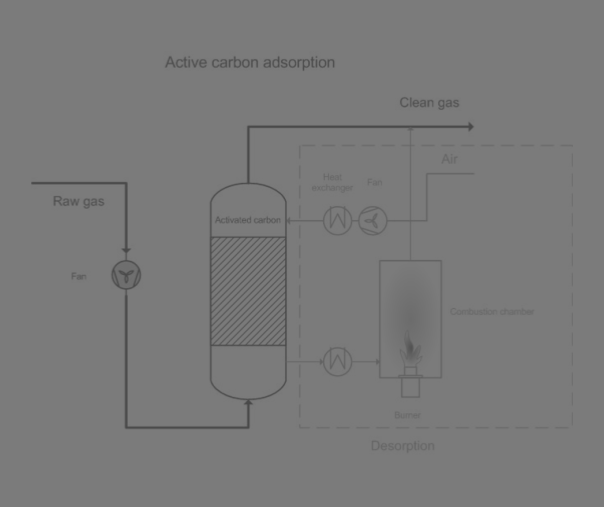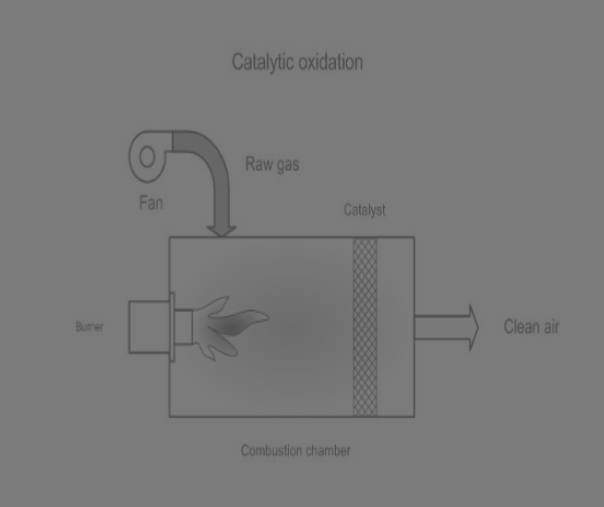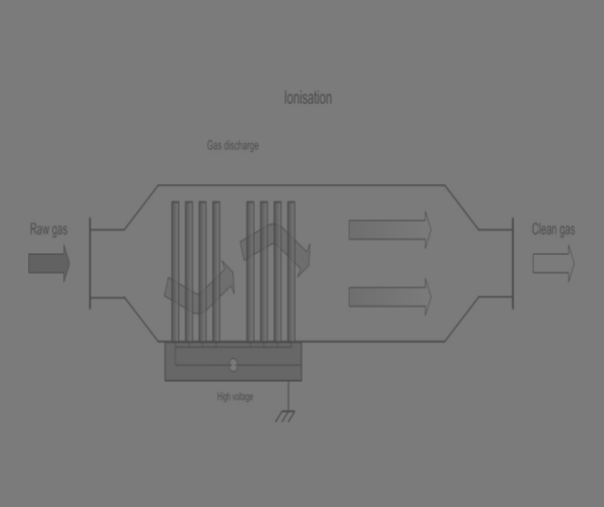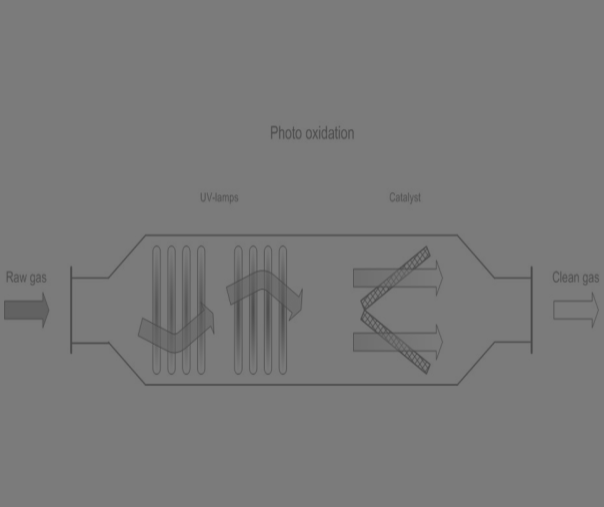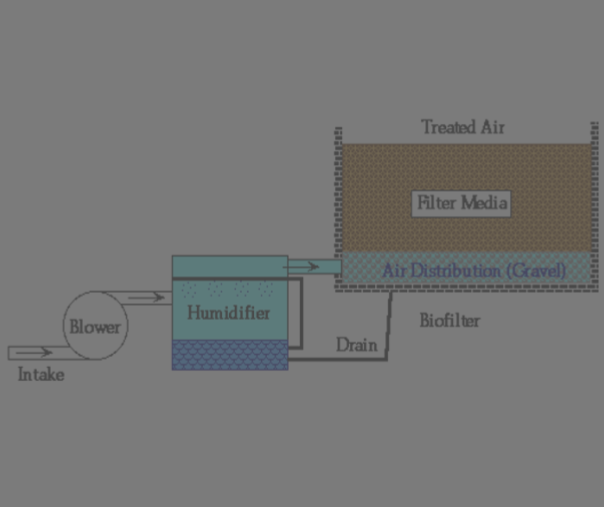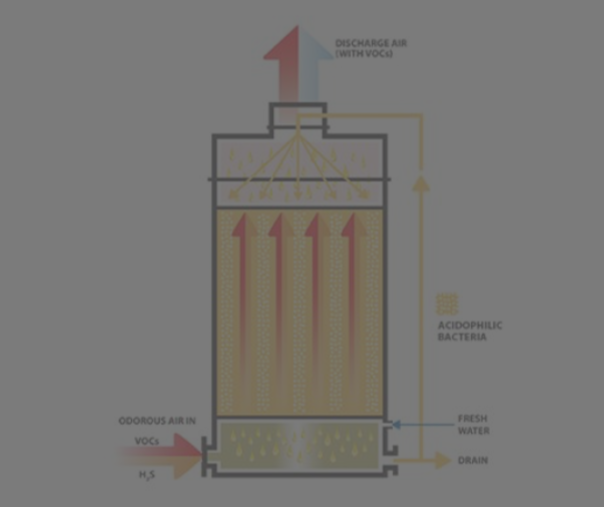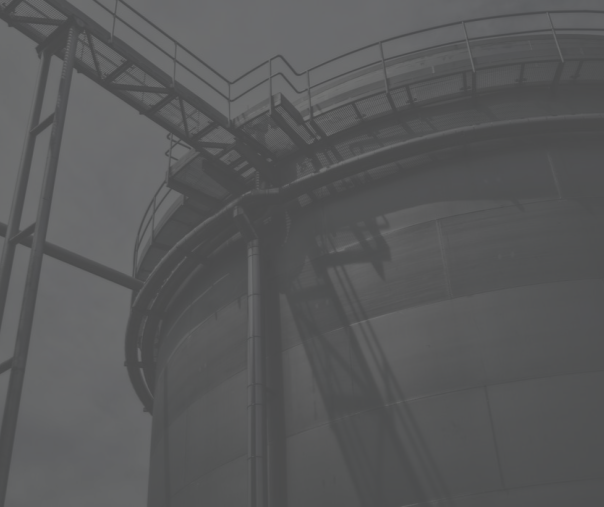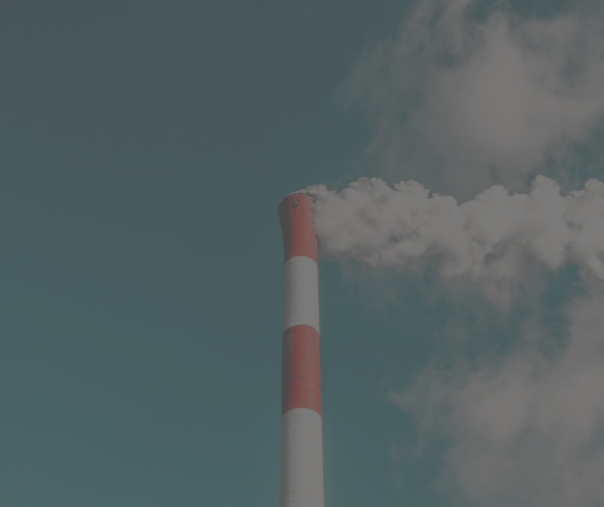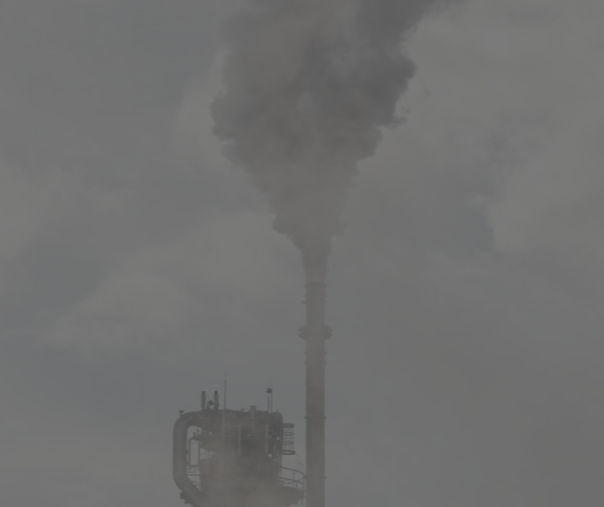Controlling Odour
There are a number of methods to control or reduce odour emissions and their impact on neighbouring communities. Clearly prevention is the best strategy wherever possible and designing an Odour Management Plan may help in achieving this.
Where prevention is not an option, the most appropriate odour abatement technique should be selected depending on the odour source. Odour sources are typically classified into conveyed emissions (point sources) e.g. chimneys and vents and diffuse emissions (area /volume sources), e.g. odourous surfaces, tanks and gas leaks.
End-of-pipe treatment techniques are typically applied to conveyed emissions whereas prevention and other odour control techniques are more effective for diffuse emissions. The information below provides information on the existing odour abatement techniques including the advantages, disadvantages, applications and cost-effectiveness of each. The icons to the left indicate at a glance, which can be used for conveyed, diffuse or either source.
Where prevention is not an option, the most appropriate odour abatement technique should be selected depending on the odour source. Odour sources are typically classified into conveyed emissions (point sources) e.g. chimneys and vents and diffuse emissions (area /volume sources), e.g. odourous surfaces, tanks and gas leaks.
End-of-pipe treatment techniques are typically applied to conveyed emissions whereas prevention and other odour control techniques are more effective for diffuse emissions. The information below provides information on the existing odour abatement techniques including the advantages, disadvantages, applications and cost-effectiveness of each. The icons to the left indicate at a glance, which can be used for conveyed, diffuse or either source.
Conveyed
Diffuse
Either
References
The information presented are drawn from D-NOSES deliverable 2.1, 'Review on odour pollution, odour measurement, abatement techniques' (2019).Capelli L., Bax C., Diaz C., Izquierdo C., Arias R., Salas Seoane N. (2019) Review on odour pollution, odour measurement, abatement techniques, D-NOSES, H2020-SwafS-23-2017-789315.


